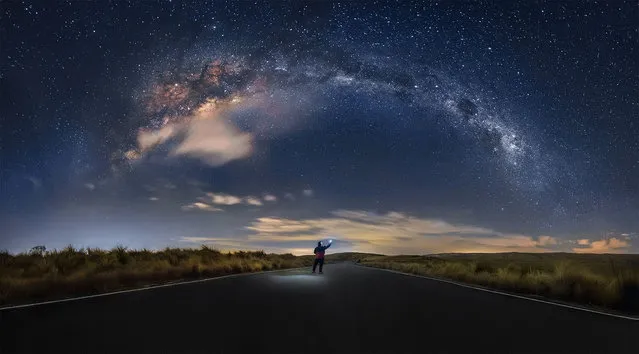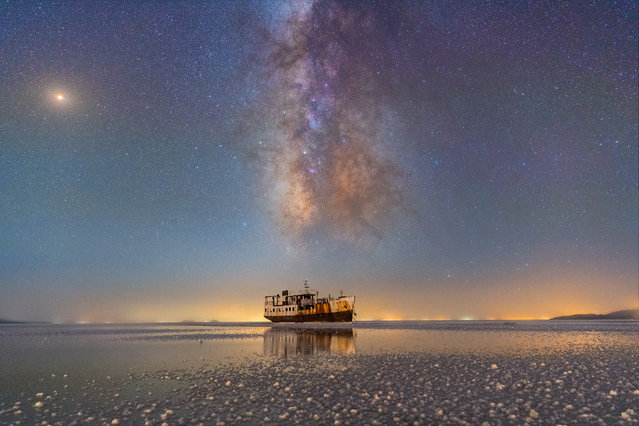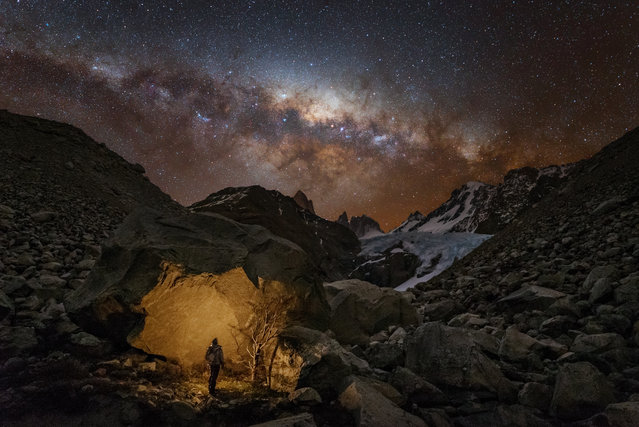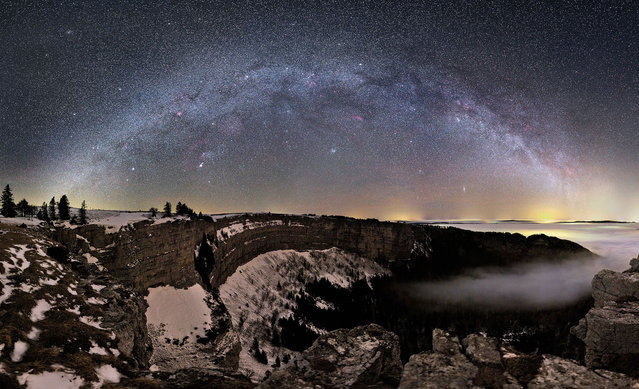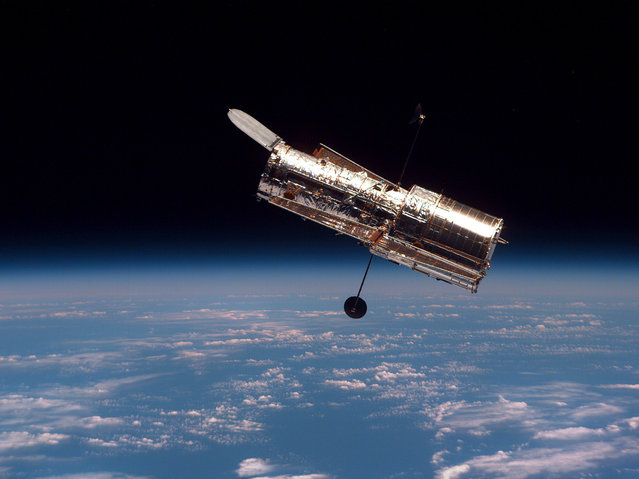
The photographer holds up a Samsung Galaxy Tab 7.7 tablet at the Samsung hall at the IFA 2011 consumer electonics and appliances fair the day before the fair's official opening on September 1, 2011 in Berlin, Germany. The IFA 2011 will be open to the public from September 2-7. (Photo by Sean Gallup/Getty Images)
03 Sep 2011 12:34:00,post received
0 comments


